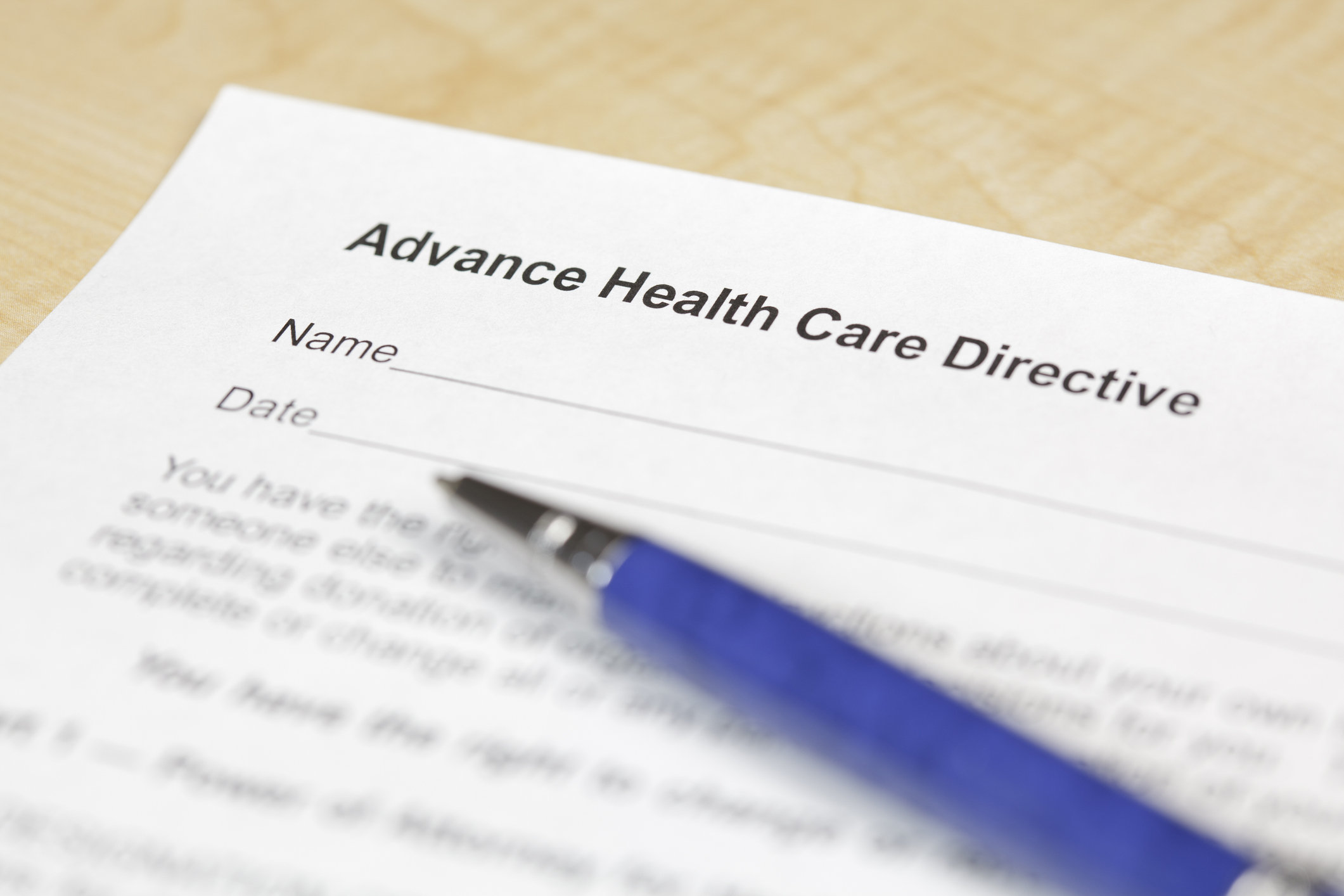
A wellness visit can sometimes be a stressful experience. Patients may be taking time away from family events or using paid time off to go during the workday. While they’re aware of the importance of maintaining their health, they may view this appointment as an inconvenience due to the lengthy paperwork and intake forms required.
Physicians usually have only 15–20 minutes with each patient they see, so they need to make the most productive use of that time. Sometimes they can fall behind due to unforeseen medical situations that arise, an overbooked schedule, or administrative tasks. One study found that nearly half of a doctor’s day is consumed with desk work, while only about a quarter of the day is spent directly with patients.
For these reasons and more, it is important to create an efficient workflow centered around the intake of new and established patients. Fortunately, there’s a solution that can help: pre-visit planning (also called “chart prep”).
Establishing this practice helps with patient engagement and building bidirectional trust with office staff. It also allows physicians to make the most efficient use of their time with each patient.
The overall goal is for patients to leave satisfied with the overall experience, and for providers to feel confident that all concerns and preventive care measures were addressed.
What Is Pre-Visit Planning?
Pre-visit planning is the process of methodically preparing for every single patient appointment to the greatest extent possible. Pre-visit planning may include:
- New patient questionnaires that review individual and family medical history, medication reconciliation, surgical history, and social determinants of health
- Consideration of arranging for labs/tests to be completed prior to the planned visits
- A staff-wide huddle to get set for the current day’s workload
According to Kate Iovinelli, senior director of quality outcomes and process improvement at Innovista Health, pre-visit planning incorporates a whole team within the medical practice—sometimes called the Proactive Office Encounter Team (POET). “This team consists of everybody from the scheduler, front desk staff, medical assistant and nurse, to the individual checking the patient out at the end of the visit.”
How Pre-Visit Planning Works
Without proper processes in place, pre-visit planning can be time-consuming. For this reason, Iovinelli says that practices should begin chart prep about a week prior to the scheduled appointment time. For patients coming in on a Monday, the practice should start planning the preceding Monday; for Tuesday, the preceding Tuesday; and so on. This creates a predictable and reliable cadence in office workflow.
One Week Before the Visit
- Review patient charts. The nurse or medical assistant should make sure everything is up to date, including records from other doctors or medical facilities and lab/test results.
- Identify care gaps. If the patient needs a referral, labs, or screenings, prepare these orders for the physician to sign, or consider using standing orders. Immunization status should also be noted so necessary vaccines can be given during the appointment.
Three Days Before the Visit
- Send out appointment reminders. To reduce no-shows, email, text, and/or call patients to remind them of their upcoming visit.
- Call patients with more complex conditions/charts. The nurse or medical assistant should call complex-case patients to perform medication reconciliation and to pre-populate the chart with answers to some questions the doctor routinely asks.
The Day of the Visit
- Huddle. Every morning, the entire care team should have a 15-minute huddle to go over the day’s roster of patients. During this time, the nurse or medical assistant should share with the physician any last-minute changes to the schedule or patient charts. Just as important, the whole team can discuss how to best divide the day’s workload for maximum efficiency. If there are patients with special needs or accommodations, this should be addressed in the huddle as well.
- Pre-appointment goal setting. At check-in, patients should get a short questionnaire that asks them the reason for the visit and what they hope to accomplish. This improves patient experience, ensuring they leave the appointment satisfied.
- Hand off to the physician. Once in the exam room, patients often share updates about their personal or family history with the nurse or medical assistant. This staff member should alert the doctor to the patient’s newest concerns in a brief mini-huddle before entering the room. This allows the doctor to better understand the patient’s mental state or health goals and provide more personalized care.
- Perform midday check-ins. Are there any add-ons that could potentially overload the physician’s schedule? Is the provider running on time?
“If the physician is behind, staff should call the patients who are supposed to come in later in the day to see if they want to reschedule,” says Iovinelli. “It’s a courtesy, and patients are usually thankful that their time is being respected.”
At the End of the Visit
At the end of the patient’s appointment, it’s important to prepare for the next visit, whether it’s three months or one year away.
- Schedule follow-ups. The staff member handling checkout should book the next appointment. This keeps patients compliant with follow-ups.
- Provide orders for labs and screenings so the patient can complete all necessary testing before the next visit. By doing so, the physician can review results during the appointment, which is much more meaningful than calling or sending a message. That personal connection can make a real difference. In fact, according to one study that examined this topic, of the patients who had tests pre-ordered, 87.8% completed them and 61% said they preferred to get them done prior to the appointment. The researchers concluded that pre-ordered tests resulted in “improved office efficiency through reduced message handling,” and helped to “facilitate face-to-face discussion” that otherwise may only occur by phone.
Streamlining New Patients
New patients create a little extra work on the part of the practice since a new file and chart need to be established. However, there are ways to streamline the process.
If the practice has an online portal, setting up an account can allow the patient to complete all intake and medical history forms ahead of time.
Three days before the new patient’s visit, when reaching out with the appointment reminder, be sure to remind them about filling out these forms.
Alternatively, if the patient can’t set up an account or does not have access to a computer, having a nurse or medical assistant call to gather this information helps to kick off the practice/patient relationship on a positive note. This also allows the staff enough time to enter the data into the chart so the patient can go through the rest of the pre-visit planning steps seamlessly.
Less Burden, Greater Satisfaction
Unfortunately, the current healthcare system is causing some physicians—particularly primary care providers—a great deal of administrative stress. This may result in burnout and doctors leaving medicine well before their time.
Research clearly shows, though, that by implementing a team-based approach that includes pre-visit planning, satisfaction among staff and patients increases dramatically. It’s a win-win all around.


